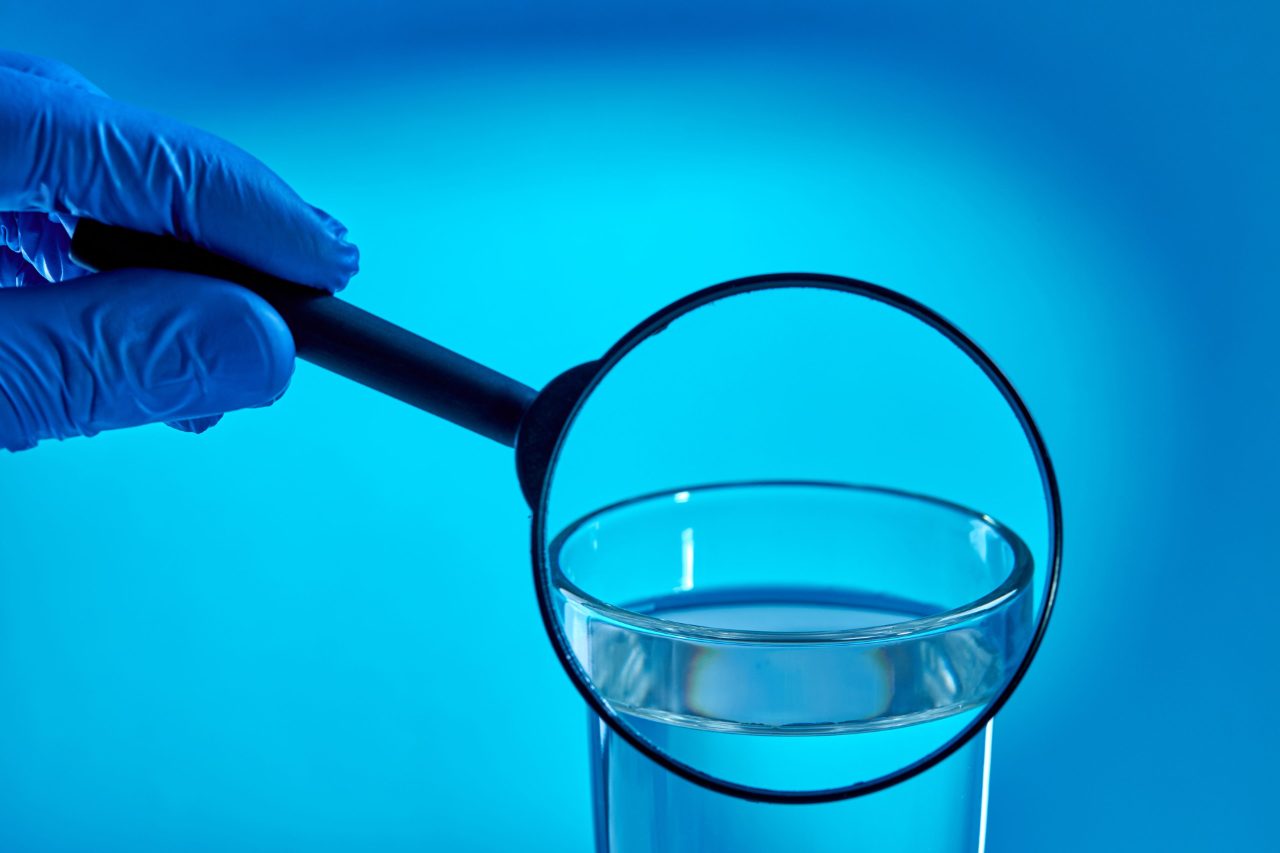Getting The Bacteria Testing To Work
Table of ContentsThe Definitive Guide to Bacteria TestingThe Best Strategy To Use For Bacteria TestingBacteria Testing - The FactsWhat Does Bacteria Testing Mean?
coli, it suggests your drinking water has likely been infected by sewage or manure. It depends. The very first example you send out to Prov, Lab will certainly not tell you the amount of coliforms or E. coli there are or where they came from. If your first example finds coliforms or E. coli, you will require to collect a second example.coli. Your water sample might have coliforms if: the example wasn't collected properlysurface water enters your well, like via a split casing, a dripping seal, or a missing out on or loose well cap there are issues with your plumbing system your well is near a spot were water pools or near various other resources of surface water, Look for out how coliforms got right into your well water.

coli. The example was not checked for chemicals, infections, protozoa, or other unsafe bacteria, and might still be hazardous to consume. Arise from one water sample reflect the overall wellness risk of your private water system. You still require to check and treat your water effectively. Complete Coliforms = present E.
Bacteria Testing - Questions
What it means, The water tested was due to the fact that the test located coliforms or E. coli bacteria in the water example. There may also be various other hazardous bacteria in the water sample. Do drink the water or use it to prepare food without steaming it. What to do Review your water supply and well to figure out if they were developed properly and if they are functioning correctly.
Check that the ground inclines far from your well, that there is no water pooling nearby, and that your well is far from sources of sewer and manure. Accumulate one more example of water for screening. Make sure you adhere to the examination instructions carefully. Believe about shock chlorinating your well (PDF)Discover out if previous samples from your well likewise located coliforms or E.
If they have, your water resource is most likely to be polluted and you must assume concerning continual treatment. Think concerning have a peek at this website treating your water if it isn't being dealt with currently. Bacteria Testing. Talk to a public health and wellness examiner or other water treatment expert. Send out one more water example to be tested for bacteria after you set up a therapy system or shock chlorinate your well.
What Does Bacteria Testing Mean?
You can obtain ill if you consume contaminated water or use it to prepare food, wash fruits and vegetables, or comb your teeth. Sewer and manure can obtain right into surface water sources quickly, which can infect the water.
Inspect all wells (superficial and deep) 2 times a year, like in the springtime and in the loss, to make certain the well head remains in great problem. This can protect against surface area water from polluting ground water. Individuals oftern forget to look after their personal water wells. If your well remains in poor problem, your water may not be secure.
This might prevent other a lot more costly Full Article maintenance or fixings. It also maintains your household risk-free and healthy. If you have any questions regarding water, contact Alberta Wellness Providers Environmental Public Health.

Bacteria Testing - Questions
The microbiologist will certainly be seeking counts of faecal coliforms such as E. coli, whose just environment is the intestinal tract, and whose life outside it is short-lived; is viewed as the excellent indication microorganism. Its visibility in an example of drinking water means that the water is risky for human intake.
Faecal streptococci tend to persist much longer in the atmosphere than thermotolerant or overall coliforms and are extremely resistant to drying. It is, as a result, feasible to separate faecal streptococci from water that has few or no thermotolerant coliforms as, for example, when the resource of contamination is remote in either time or area from the sampling factor.
The filter is after that transferred aseptically to the surface of an agar plate, or an absorptive pad saturated with a suitable selective tool and bred. Nests are enabled to establish externally of the filter and can be counted and checked out straight. MF methods fast and easy to do, call for little incubator area, and can manage huge volumes of water if required.
There are several official published approaches based on MF, especially a collection of ISO techniques, such as ISO 9308-1 for coliforms and E. coli and ISO 7899-2 for enterococci. Much selective media have actually been established for the detection of indication organisms in water by MF methods.